Sound Quality
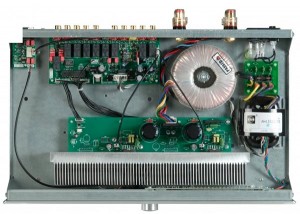 So, no high def or high power here, but what you do get is even more meaningful because the sound quality from the Micromega pair is stunning at the price. Set up with my Theophany M5 Series 2 floorstanders, I was at first impressed, then immersed.
So, no high def or high power here, but what you do get is even more meaningful because the sound quality from the Micromega pair is stunning at the price. Set up with my Theophany M5 Series 2 floorstanders, I was at first impressed, then immersed.
I love it when an audio system manages to convey the energy of a recording – guitar strings sound like they’re being strummed in the room, with a sharp attack on the leading edges of the note, a lightning transition from nothing to intense to nothing again with all the detail and textures that made it from the event to the recorded media.
The same goes for drums, bass and just about anything else in music. Call it macro-dynamics, micro-dynamics, vibrance, life or whatever, but it is essential. While some systems offer a polite, albeit accurate representation of the original recording that never truly involves, others grab you below the navel and hold on to your interest like a pit bull.
This isn’t a function of volume or amplifier power; my Viganoni and Viganoni Sachem monoblocks aren’t power stations but they’re designed for effortless speed and instantaneous dynamic alacrity, so they do musical energy like nothing near the price, especially when paired with fast speakers. It’s no coincidence then that Micromega mentions choosing its components and designing the amp to emphasize dynamics – “Bearing in mind the importance of guaranteeing a large dynamic restitution, the choice went to a bridge rectifier providing more than 25 A and more than 200 A peak intensity”.
Peak intensity indeed, and sonically that’s exactly the way this set sounds, despite the low power output. The Micromegas did an amazing job with the overachieving M5s – take for example Rodrigo y Gabriela’s 11:11 album; when this pair bear down on the guitar strings or thump the guitar bodies, you should just about cringe with the power and energy. If you’re stifling a yawn your system isn’t doing its job, but there’s no danger of this with the Micromegas. The end result is alive!
Look at something more restrained as another example – Bob Dylan’s live bootlegs from the early days. Just one guy with a guitar and a harmonica, but when Bob gets stuck into the harmonica, you know all about it. It’s a screechy harsh instrument and the Micromega/Theophany pair just about peeled the paint off the walls when it was necessary, but also proved entirely capable of rolling softly with the music, painting a detailed picture of each different performance and each venue and recording system.
Disc one of Van Morrison’s The Philosopher’s Stone was another dynamic treat and sounded great, especially considering the Micromega’s price points – gritty, emotional and dynamic, as if the system was on speed. ‘Stimela’ from Hugh Masakela’s Hope CD was also borderline brilliant, with presence, impact and atmospherics completely out of proportion to the price of the electronics.
In all my listening I found it hard to pick any weak spots. In addition to the vivid dynamics and wide open, transparent sound, the Micromega pair laid one of the widest soundstages I’ve yet heard in my room, with a good degree of front to back depth and absolute pinpoint imaging. Bass was deep and satisfyingly tight, while the overall character can best be described as neutral, pushing ever so slightly to leanness. This isn’t to say that the sound is thin and bass light or that there’s too much treble energy. It’s just that the treble has the faintest hint of emphasis, which may be a bit much with a really steely sounding metal dome tweeter. This never affected my enjoyment of the Micromegas in the least, even on listening sessions lasting into the wee small hours.
In case anyone feels that matching this set with far more expensive loudspeakers is “cheating”, I also listened to them with a set of Jamo C803 standmounts priced at a more moderate $2500 and heard much of the same open, fast and dynamic sound. Partnered with a bit of sympathy to the amp’s power output, you’ll find a huge stack of compatible speakers out there at all kinds of price points.
Conclusion
Two thousand bucks per unit isn’t entry-level audio in many consumers’ books, but in the grand scheme of all things hi-fi, this isn’t a huge outlay considering the sonics on offer. Based on my time with the IA-60 and the CD-10 and the other reviews I’m seeing out there, I’d say that his new range will be a major renaissance for Micromega.
These components were huge fun to spend time with and they repeatedly put a major smile on my face. They’re genuinely superb, and while neither the French or the English will thank me for this, they have a lot of that Naim sound that I like so much. It’s a good thing the French rugby team isn’t as strong as this Micromega gear or they’d eat the All Blacks’ lunch big time at the World Cup. ASHLEY KRAMER

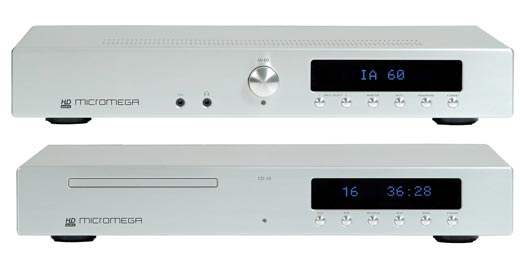


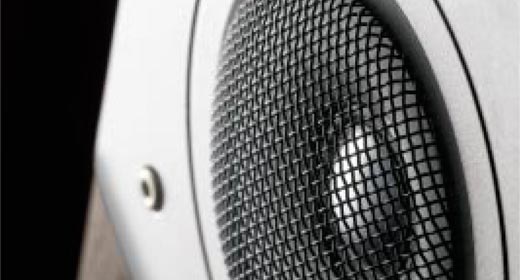
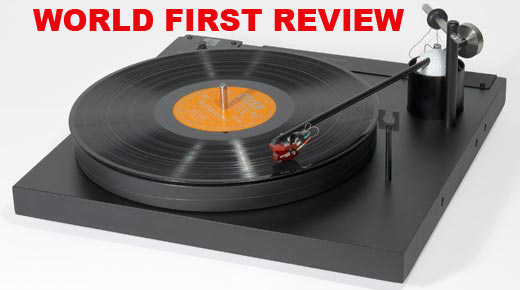
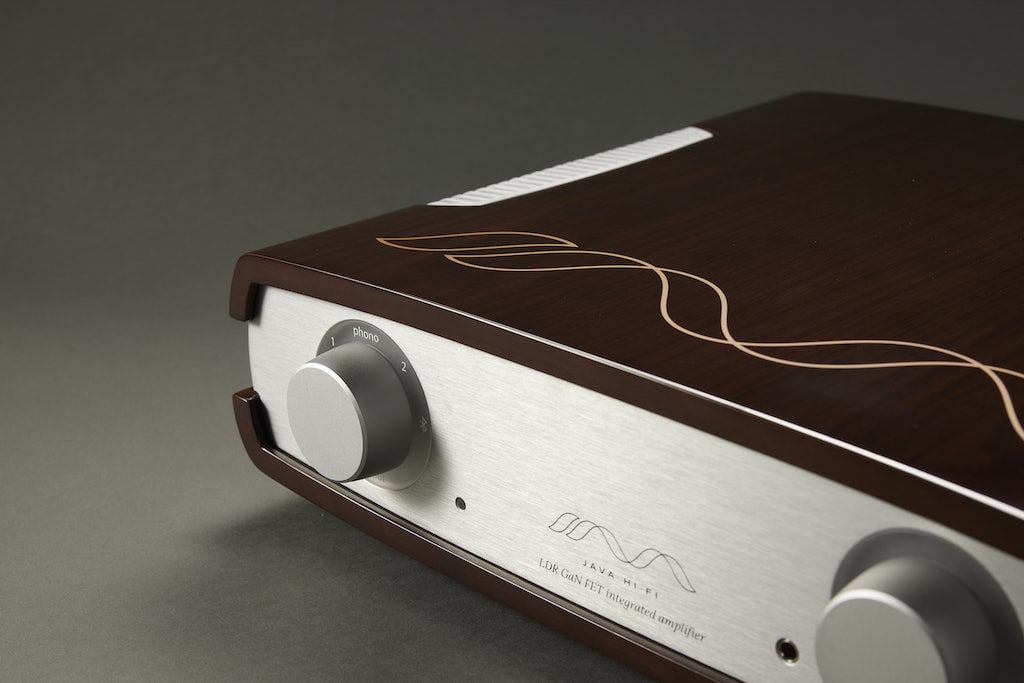
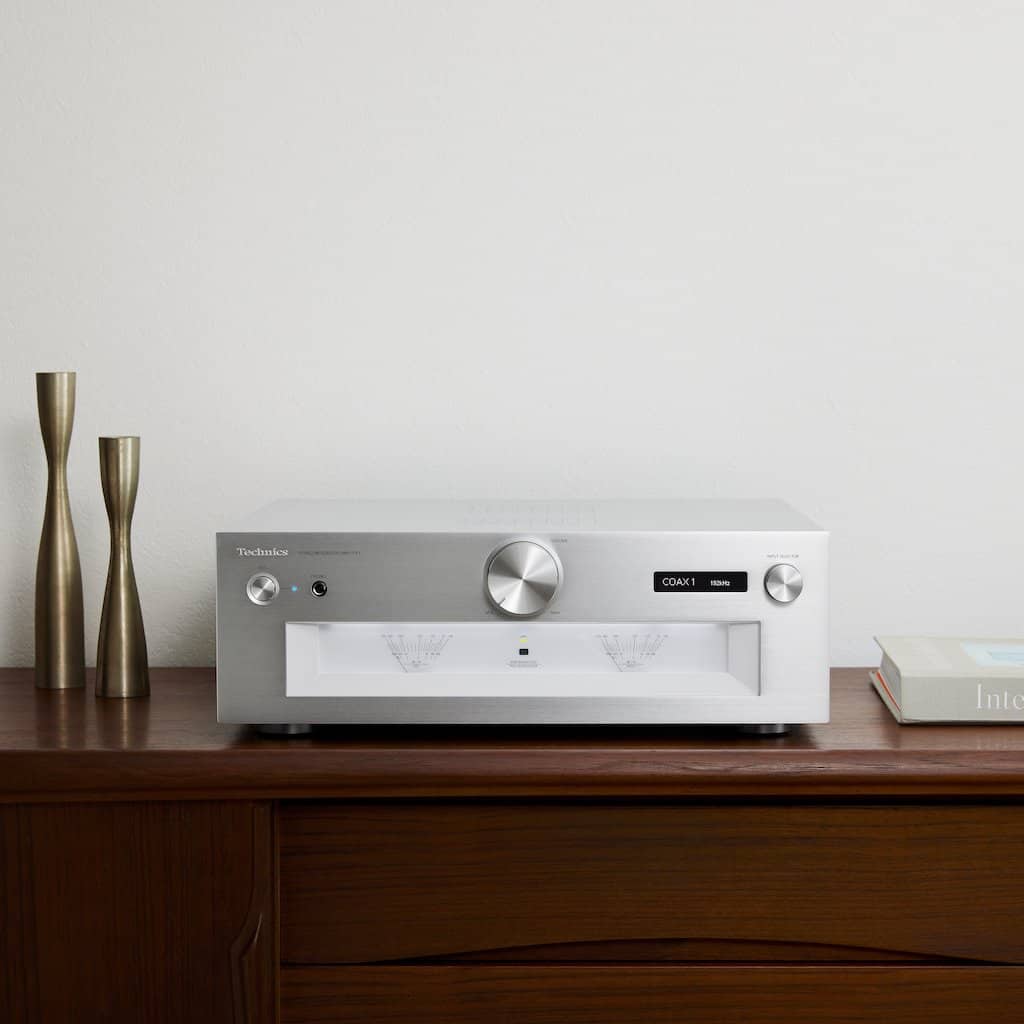
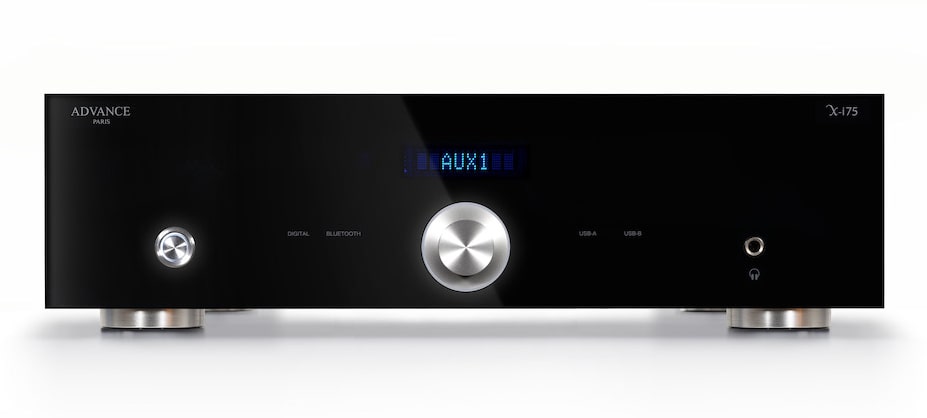

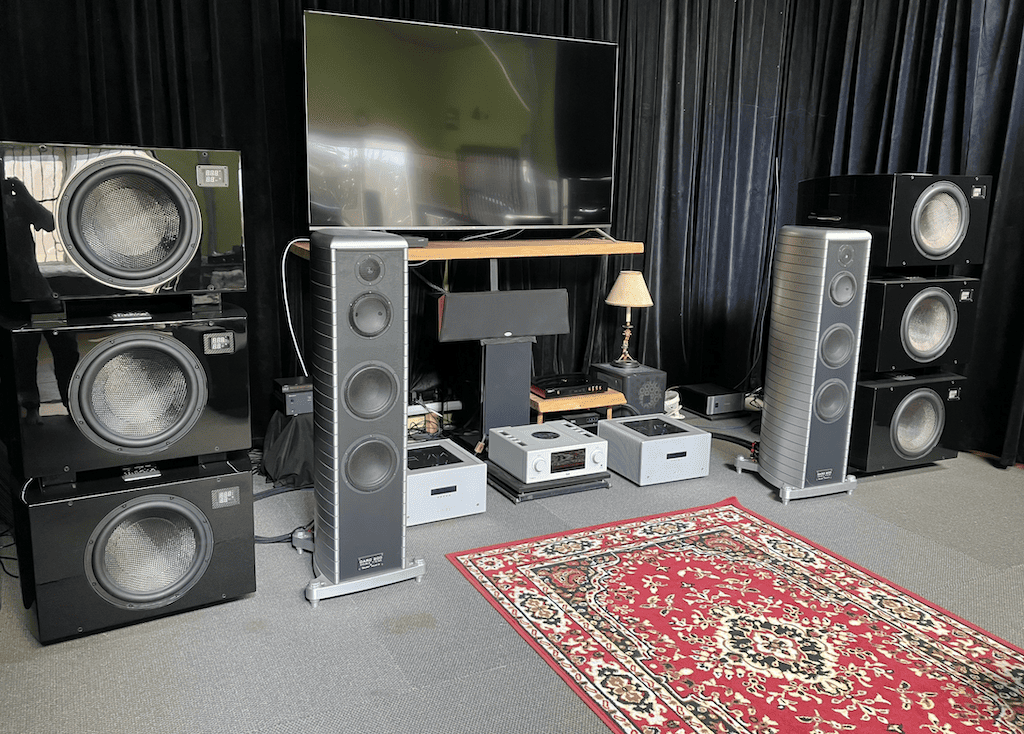

Dear Mr. Kramer,
I found your review very useful, especially because you mentioned also a short audition with cheaper speakers, more in the price range of the tested Micromega products. I would be curious how the IA60 excels on the bass side with the Jamo C803s, given the Jamos’ low impedance at low frequencies and the amplifiers moderate power output. I wish I would have put this question 5 years ago, but maybe someone with experience with this amp can answer me on this.
Botond